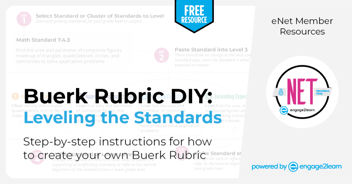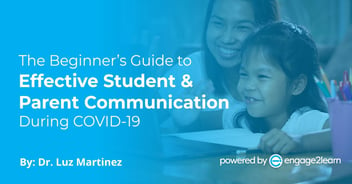The importance of self-reflection for learning | engage2learn
Reflection is more than your face in the mirror. Self-reflection has a vital role to play in learning, both for adults and young learners.
See why self-reflection is a big deal in education, and how you can actionably bring it to learners of all ages.
How self-reflection influences learning
Self-reflection is critical for metacognition and improving the way that we learn. After all, how can you be better if you don’t question your thought process? When learners passively receive information through lectures, and don’t have time to reflect on their learning or the lessons, they’re much less likely to use this information.
How can you be better if you don’t question your thought process? Click To TweetOur brains need resting periods. These resting periods help our us synthesize information and draw conclusions we otherwise would never have found. Even if learners are thinking about something unrelated to the task at hand, they’re able to connect the dots.
When we prioritize self-reflection, we can actually think about the work we’ve done. This is a great way to grow and improve through self-teaching. The most effective learning happens when learners produce their own knowledge instead of passively absorbing facts.
How to implement self-reflection
Self-reflection helps learners absorb more information more quickly.
But how can we integrate self-reflection into our classrooms? Use these handy tips to make self-reflection the norm.
- Reflection breaks: The first way to encourage reflection is to make time for them. Make reflection a regular part of learning so it becomes second nature. Even a five-minute reflection break is enough to draw higher level conclusions. Many classrooms have active and quiet times scheduled into their day. The quiet time is used for reflection, while active time is for group work and other learning activities.
- Location, schmocation: Reflection is just as effective in person as it is online. Distance doesn’t mean a thing for reflection. This is great news for adult learning and digital PD programs.
- Modeling: Students learn from the behavior of their teachers. If you want students to do more reflection, model what reflection looks like. Use it in your own workflow and guide students through the reflection process.
- Sharing: Quiet, personal reflection is one great way to connect information. Another is through reflecting aloud. Give learners five minutes to reflect on a project or learning, and then another five minutes to share aloud. This encourages even more synthesizing of information as students learn from each other.
- Journals: Self-reflection and journaling go hand in hand. Give learners some time to write their thoughts. This improves information retention while building writing skills. Encourage students to build mind maps or illustrations in their journals, too. Make it social by encouraging learners to swap journals and share ideas.
- Interviews: Class-wide sharing is great, but some students are shy to speak up in front of groups. One-on-one, “think, pair, share” interviews alleviate shyness and encourage learners to connect with others on a more personal level while processing information.
The bottom line
Self-reflection is a critical aspect of Life Ready learning. When we give learners the time to draw connections between their own thoughts and those of others, we give them the ability to do real, authentic work. Try a few of these tips to make self-reflection a breeze.
Self-reflection is a critical aspect of Life Ready learning. Click To TweetHow do you encourage self-reflection?



